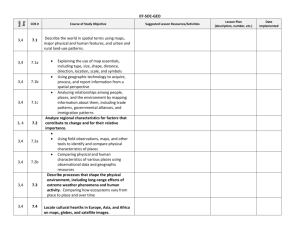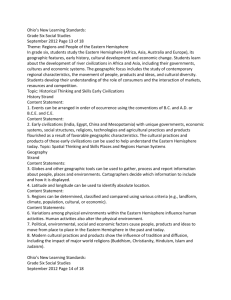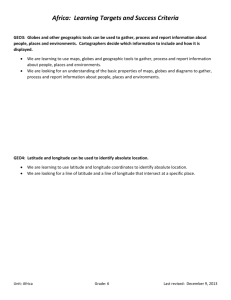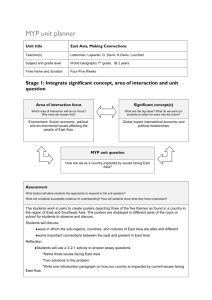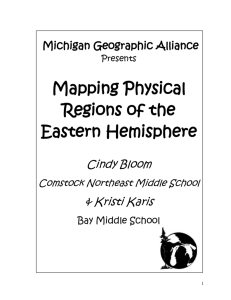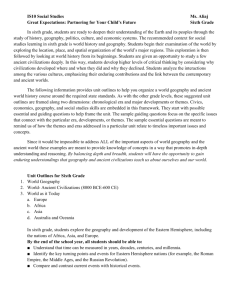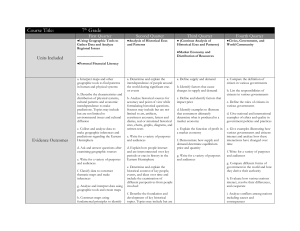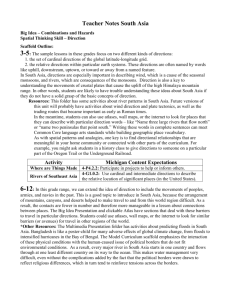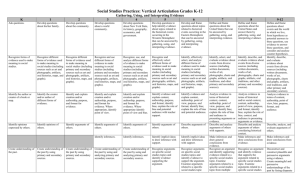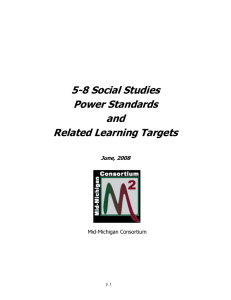Historical Knowledge (Standard 1)
advertisement
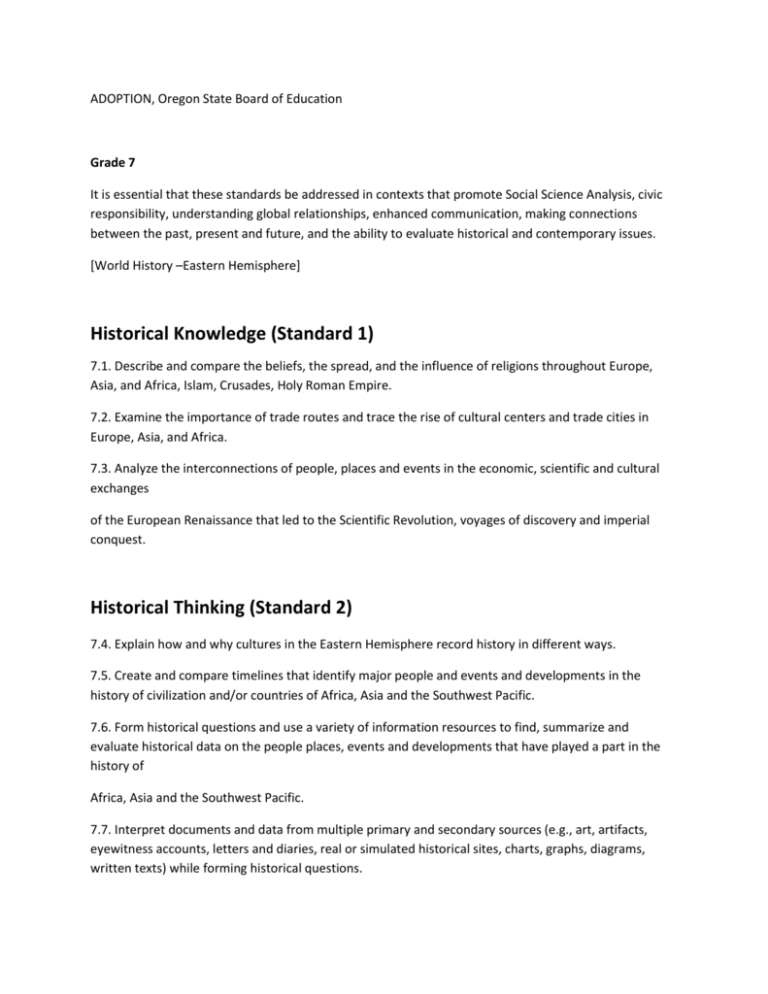
ADOPTION, Oregon State Board of Education Grade 7 It is essential that these standards be addressed in contexts that promote Social Science Analysis, civic responsibility, understanding global relationships, enhanced communication, making connections between the past, present and future, and the ability to evaluate historical and contemporary issues. [World History –Eastern Hemisphere] Historical Knowledge (Standard 1) 7.1. Describe and compare the beliefs, the spread, and the influence of religions throughout Europe, Asia, and Africa, Islam, Crusades, Holy Roman Empire. 7.2. Examine the importance of trade routes and trace the rise of cultural centers and trade cities in Europe, Asia, and Africa. 7.3. Analyze the interconnections of people, places and events in the economic, scientific and cultural exchanges of the European Renaissance that led to the Scientific Revolution, voyages of discovery and imperial conquest. Historical Thinking (Standard 2) 7.4. Explain how and why cultures in the Eastern Hemisphere record history in different ways. 7.5. Create and compare timelines that identify major people and events and developments in the history of civilization and/or countries of Africa, Asia and the Southwest Pacific. 7.6. Form historical questions and use a variety of information resources to find, summarize and evaluate historical data on the people places, events and developments that have played a part in the history of Africa, Asia and the Southwest Pacific. 7.7. Interpret documents and data from multiple primary and secondary sources (e.g., art, artifacts, eyewitness accounts, letters and diaries, real or simulated historical sites, charts, graphs, diagrams, written texts) while forming historical questions. Geography (Standard 3) 7.8. Use and evaluate maps, graphs, charts, models, and databases to analyze geographic distributions in the Eastern Hemisphere. 7.9. Collect and analyze data to make geographic inferences and predictions regarding the Eastern Hemisphere. 7.10. Interpret maps and other geographic tools to find patterns in human and physical systems in the Eastern Hemisphere. 7.11. Describe the physical environment of places in the Eastern Hemisphere and how it influences trade, culture, and the economy. 7.12. Compare and analyze human characteristics (e.g., population, land use, language, and religion) of places and regions in the Eastern Hemisphere. 7.13. Describe the historical and current physical, cultural, and economic characteristics of eco-regions. 7.14. Explain how technological developments, societal decisions, and personal practices influence sustainability in the Eastern Hemisphere. 7.15. Determine and explain the interdependence of people around the world during significant eras or events. Civics and Government (Standard 4) 7.16. Describe the role of citizens in various governments in the Eastern Hemisphere. 7.17. Compare and contrast early forms of government via the study of early civilizations (tribal, monarchy, democracy, theocracy, and oligarchy) in the Eastern Hemisphere. ADOPTION, Oregon State Board of Education 7.18. Investigate current issues in the Eastern Hemisphere and how they relate to other countries, including the United States. 7.19. Analyze the significance of the Magna Carta, Hammurabi’s Code and other documents on the development of modern governments. Economics/Financial Literacy (Standard 5) 7.20. Explain the concepts of “supply” and “demand” and how price allocates scarce goods. 7.21. Explain the function of imports and exports in the economy. 7.22. Explain “outsourcing” and describe the costs and benefits. 7.23. Explain the function of profit in the economy. Social Science Analysis (Standard 6) 7.24. Analyze current and historical sources (e.g., artifacts, eyewitness accounts, letters and diaries, real or simulated historical sites, charts, graphs, diagrams, and written texts) for accuracy and point of view while forming questions. 7.25. Analyze evidence from multiple sources including those with conflicting information. ADOPTION, Oregon State Board of Education


